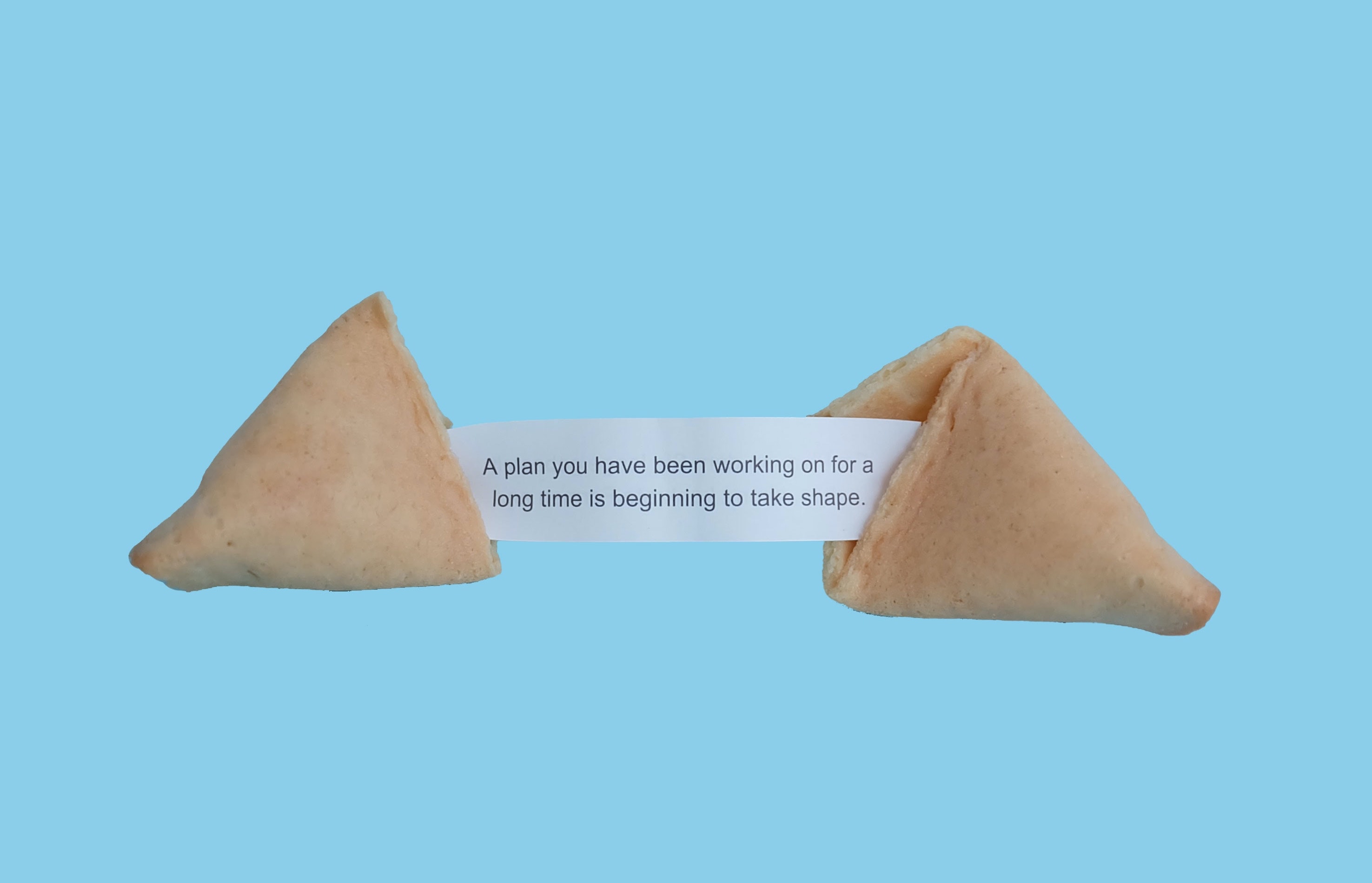What Should My Marketing Budget Be?
The amount a business should set aside for its marketing budget will vary based on its position in the market, its business goals, and the...

A website RFP, or Request for Proposal, is a document that outlines the requirements for the website redesign project, existing challenges, and business objectives. The RFP serves as a wish list for the project and invites agencies to submit a plan detailing how they would address your specific project challenges.
As a digital advertising agency, we receive Requests for Proposal on a weekly basis, for a variety of projects. Some RFPs are simple, but website RFPs tend to be more complex, and it’s understandable why. Your company’s website serves as the hub of your marketing: educating prospects, inspiring purchases, and providing a consistent source of content that helps them throughout the time they are a customer.
It’s not just the site’s importance in your marketing that makes website RFPs so complex, but how many stakeholders, opinions, and requests are often involved. For this reason, it is essential to provide a clear picture of your needs in order for the agency to accurately deliver a proposal. Without this information, the odds of disappointment in the end result of the project increase exponentially.
.jpg?width=600&name=jeshoots-com--2vD8lIhdnw-unsplash%20(1).jpg)
To add even more difficulty, "RFPs" are not a subject covered in school, so unless you have previous experience with a successful website RFP, this is probably new territory for you.
A well-written website RFP clearly explains what you would like to accomplish with your site, and helps to align your future agency team with your company's goals and objectives. Writing a RFP may seem like you're taking on a second job, but it doesn’t have to be if you have a solid framework on which to build.
Keep in mind that the RFP is a two-way street. In this document, you are not just asking for responses to your questions, but you are also telling prospective agencies who you are by the questions you ask, the tone of your communications, and the requirements of the project. If you want to find a great agency, not just an agency that wants to cash your check, position your project as one that is exciting and backed by an intelligent, honest, and fun team.
Leveraging our experience from being on the receiving end of a variety of website RFPs, we’ve outlined some key elements and best practices.
Project Overview: This section includes essential information that those receiving the RFP will use to make an initial decision on whether the project is worth the investment of non-billable time and effort. A strong overview section guarantees more vendors will read the rest of the RFP. Briefly describe your current situation, and give a high-level synopsis of what the project will entail.
Company Overview: Introduce your company as if you were speaking to someone that has never heard of you before. This is true even if you're a big brand like Apple, Microsoft, or McDonald's. Don't assume that the agency you're providing your RFP to knows who you are, what your values are, or how you run your business. It's easy for an RFP to go off track right away because assumptions were made.
Explain who you are, what problem you solve, the size of your company, your corporate goals, and vision. Include any information
Target Audience: Describe the prospect and customers you're trying to reach with this project in this section. When doing so, provide more than "men and women, ages 25 - 55" (which is pretty much everyone in marketing-speak). It is important to be specific and include personas, segments, and any working hypotheses regarding what makes your customer tick. For example, how do they shop? How do you believe they use your site? What do they get from your competitors that they don't get from you? Your customers are the most important part of your business - without them, you wouldn't have a job. Use this as an opportunity to tell their story to each prospective agency. This will allow the strategist, user experience architect, and designers to help you meet their needs.
Goals & Objectives: In this section list the short-term and long-term objectives of your website. What has changed within your company or your marketing plan that sparked the need for a website redesign or for this RFP process to exist? Explain what you want to achieve and try to quantify your goals with numbers. This will clarify what your expectations are.
Selection Criteria: Explain how you'll be grading the agencies that respond to your RFP. Thinking through this section will help you establish a scorecard for the process and ensure that you and your committee remain focused on the goals of the project. This will help you find the right agency for your needs vs. being swayed by a company’s reputation or an emotion during the pitch.
Proposal Requirements: Within this section, you will set the rules for how prospective agencies should answer the questions within your RFP. It's an important section since you will want to compare each agency apples-to-apples. Additionally, this will help you weed out the agencies that send the carbon copy RFP response to everyone - because let's admit it, they're out there. This section should contain information about the format (PPT vs. word doc vs. excel, etc.), as well as a high-level outline of what responses you're looking for within the proposal.
Budget: Often, companies do not want to disclose their budget, but keeping it a secret does more harm than good. If you don't want to reveal the exact number, provide a ballpark range, but be honest about what you can afford in order to keep the proposals realistic.
If you end up selecting an agency that wrote responses for a $5,000,000 website project, and you only have $500,000, then what was the purpose of the RFP? Include all of your budget details such as the schedule of payments, constraints of your fiscal year, supporting budgets for content, licenses, CAPEX plans, etc.
Project Timeline: Specifying your RFP deadline and your proposed project start and end date is just as important as providing your budget. Select dates that are reasonable and let agencies know when they will hear back from you. If you or a prospective agency can't meet deadlines during the RFP process, what makes you believe you will meet them once you begin working together?
Key Point of Contact: All successful projects need a main point-of-contact, and a RFP project is no different. Even if you develop the RFP as a group, there must be one person that is in charge. This person will coordinate with agencies, field, and reply to their questions and keep things moving along the proposed timeline. Again, this isn't just a request for proposal; it is a trial run for how you and your future digital advertising agency will work together. It is best not to leave anything to chance.
Providing the right information in your RFP will save you and everyone involved a good deal of time and headaches. Educating potential agency partners on your company, objectives, and expectations will increase your odds of receiving higher quality responses. With this framework, you are that much closer to a website and an agency relationship that you'll be proud of.
Sign up for our monthly newsletter to receive updates.

The amount a business should set aside for its marketing budget will vary based on its position in the market, its business goals, and the...

Email marketing is a challenge, especially in the face of the ongoing competition for your customers' attention from social media, messaging apps,...

You may remember how Facebook, in particular, got in trouble a few years ago for not being fully transparent about who was actually behind some of...